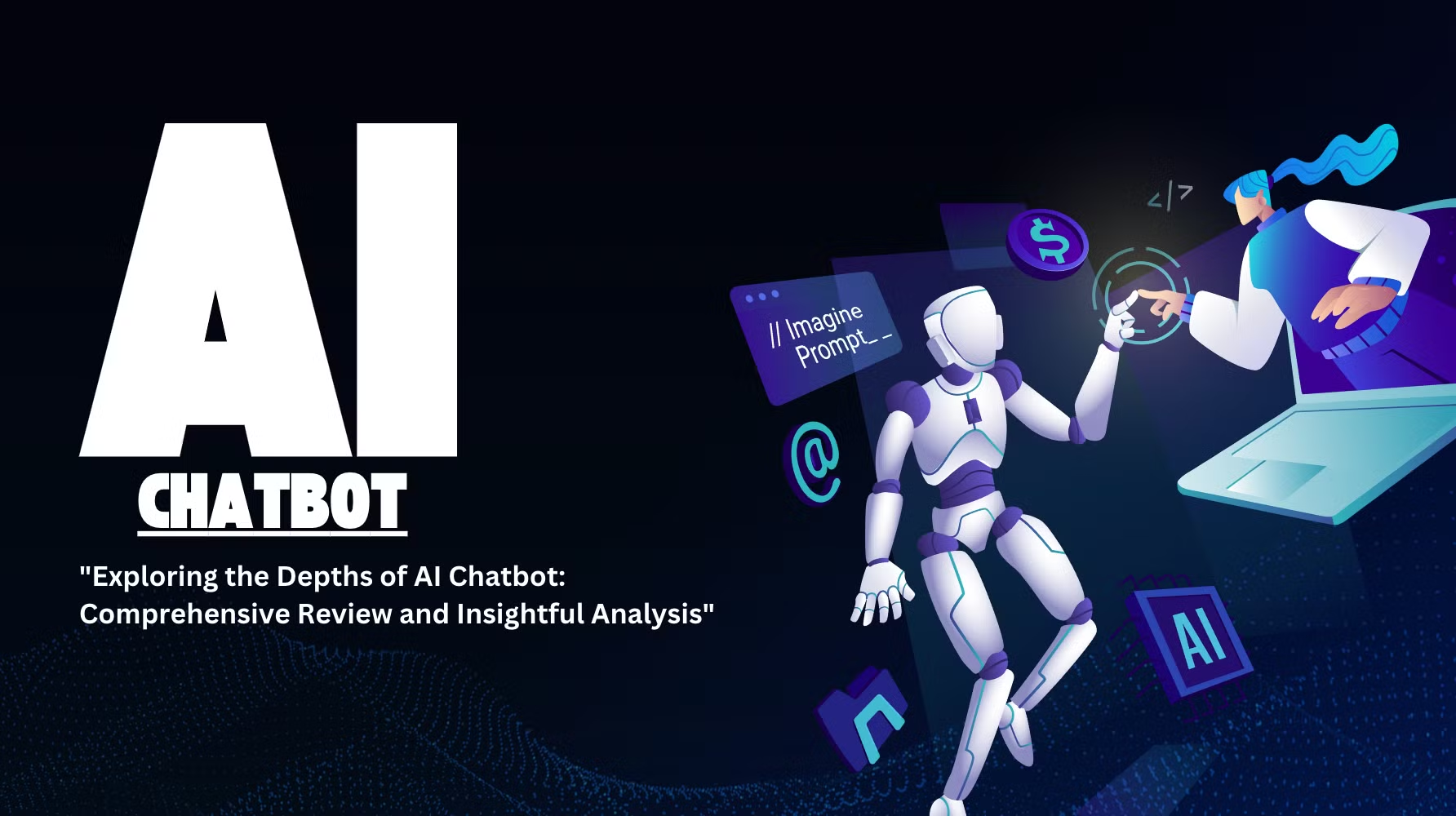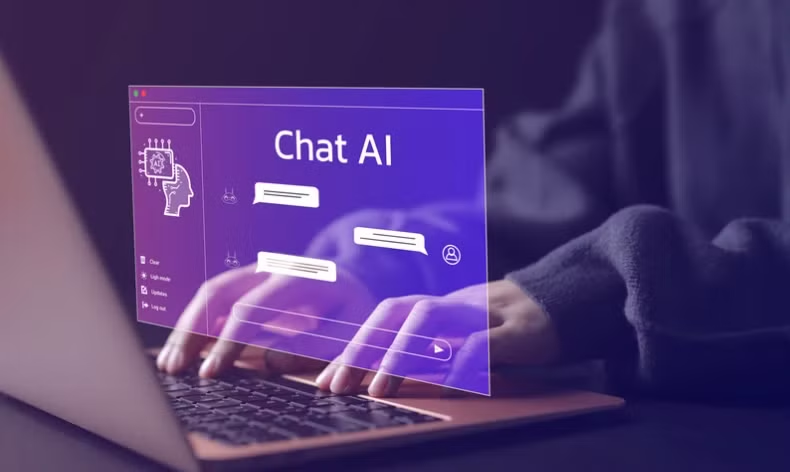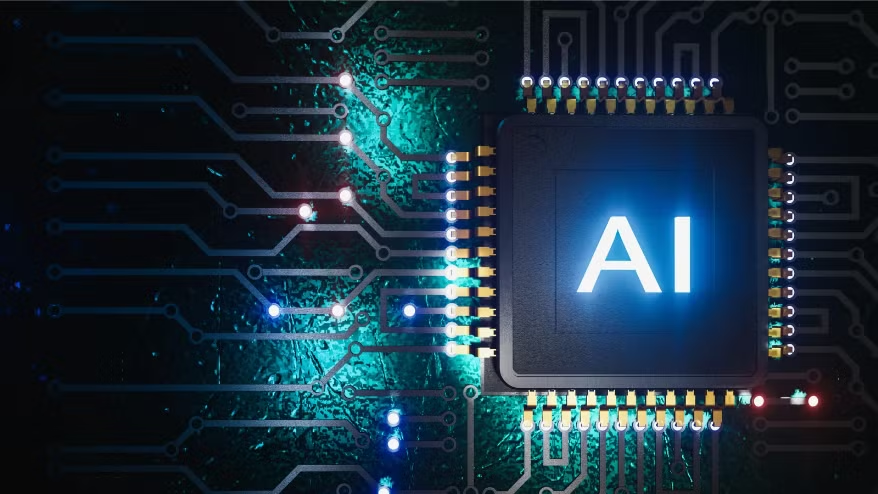
AI chatbots are everywhere these days, from helping you book appointments to answering customer questions online. But what exactly is an AI chatbot? If you're new to this technology, this guide will walk you through the basics, showing you how these chatbots work and why they're so important today.
What Is an AI Chatbot?
An AI chatbot is a computer program that simulates human conversation. It can communicate with people through text or voice by using artificial intelligence (AI) to understand what you’re asking and respond in a way that feels conversational. AI chatbots rely on natural language processing (NLP) and machine learning (ML) to interpret language, learn from interactions, and improve over time.
You can think of AI chatbots as virtual assistants that help with tasks like answering customer questions, guiding users through websites, scheduling appointments, or even chatting casually. Unlike older chatbots that follow a set script, modern AI chatbots adapt to different questions and situations, getting smarter with each interaction.
Key Features of AI Chatbots

Here are some key features that make AI chatbot effective at what they do:
1. Natural Language Processing (NLP)
NLP is the technology that helps chatbots understand and respond to human language. It breaks down what you’re saying, figures out the meaning, and generates a response. For example, if you type, "I need help with my order," the chatbot understands that you’re asking for assistance with something you bought and will guide you to the right place.
2. Machine Learning (ML)
Machine learning helps AI chatbots get smarter over time. The more they interact with people, the better they get at understanding what users want and how to respond. For example, if a chatbot frequently receives questions about shipping, it will learn to answer those questions faster and more accurately.
3. Context Awareness
AI chatbots can remember what you’ve talked about before and use that information to improve future conversations. For instance, if you ask about a product during one chat, the chatbot might reference that product in the next conversation. This makes the interaction feel more personal and human-like.
4. Multilingual Capabilities
Many AI chatbots are capable of communicating in multiple languages. They can automatically detect the language you’re using and switch to it, which is helpful for businesses that serve customers worldwide.
5. Integration with External Systems
AI chatbots can connect with other systems, such as customer databases, calendars, or e-commerce platforms. This allows them to do more complex tasks, like booking appointments, checking orders, or pulling up account information.
How Do AI Chatbots Work?

Here’s a simple breakdown of how AI chatbots work:
1. User Input
You start by typing or speaking a message. The chatbot’s job is to understand what you’re asking or telling it.
2. Natural Language Processing (NLP)
The chatbot uses NLP to analyze your message. It breaks down the words, figures out what they mean, and determines what you’re asking for. For example, if you type, "How’s the weather?" the chatbot recognizes that you’re requesting a weather update.
3. Intent Recognition
Once the chatbot understands your message, it uses machine learning to figure out what you want. Whether you're asking for help, or information, or making a request, the chatbot will identify your intent and generate the appropriate response.
4. Response Generation
After understanding your intent, the chatbot creates a response. This might be a direct answer or guidance to the next step, like providing a link or suggesting an action.
5. Learning Over Time
As the chatbot interacts with more people, it improves its ability to answer questions and handle different situations. This learning helps it become more accurate and efficient with each conversation.
Use Cases for AI Chatbots
AI chatbots are being used in a wide range of industries. Here are some common use cases:
1. Customer Service
AI chatbots are excellent at handling common customer inquiries. They can answer FAQs, troubleshoot problems, or help with orders—all without the need for a human agent. This saves businesses time and resources.
2. Healthcare
In healthcare, AI chatbots help patients schedule appointments, check symptoms, or get answers to health-related questions. They can also send reminders for follow-up treatments or medication.
3. E-commerce
E-commerce platforms use AI chatbots to improve the shopping experience. Chatbots can recommend products based on a user’s browsing history, help with order tracking, and even assist with completing purchases.
4. Finance
Banks and financial institutions use AI chatbots to help customers manage their accounts, check balances, make payments, and offer financial advice.
5. Education
In education, AI chatbots act as virtual tutors, assisting students with their homework and answering questions about school subjects. They can also help with administrative tasks, such as answering enrollment inquiries.
Advantages and Disadvantages of AI Chatbots

Like any technology, AI chatbots come with their own set of pros and cons. Understanding both sides can help you decide when and how to best use them.
Advantages of AI Chatbots
- Efficiency
AI chatbots can manage multiple conversations at once, answering questions and providing help instantly. This means users don’t have to wait, and businesses can serve more people without adding staff. - 24/7 Availability
Chatbots are available around the clock, offering support whenever a customer needs it. This is especially useful for businesses that serve customers in different time zones. - Cost Savings
Automating repetitive tasks with AI chatbots helps businesses reduce costs. Instead of hiring more employees for customer service, chatbots handle routine inquiries, allowing human agents to focus on more complex issues. - Personalization
AI chatbots can provide personalized responses by remembering previous interactions and tailoring their responses accordingly. This leads to more engaging and satisfying experiences for users. - Consistency
Chatbots deliver consistent answers and service quality, ensuring all customers receive the same level of support.
Disadvantages of AI Chatbots
- Limited Understanding
While AI chatbots excel at handling straightforward queries, they can struggle with complex or ambiguous questions. If the chatbot doesn’t understand the intent, it might provide inaccurate or unhelpful responses. - Lack of Emotional Intelligence
AI chatbots lack the ability to detect emotions, which can make conversations feel impersonal or robotic. This can be frustrating, especially in situations that require empathy. - Technical Issues
AI chatbots depend on technology, so they can experience glitches or downtime, which may leave users without assistance. - High Setup Costs
Implementing an advanced AI chatbot system can require significant upfront investment, especially for smaller businesses. This includes development, integration, and training costs. - Security and Privacy Risks
Since AI chatbots handle sensitive data, they could be targets for hackers. Businesses need to ensure robust security measures are in place to protect user information.
Tips to Choose the Right AI Chatbot
Choosing the right AI chatbot for your business or personal use can be a game-changer. Here are some tips to help you find the best fit:
1. Define Your Objectives
Before selecting a chatbot, define what you want it to accomplish. Are you using it for customer support, scheduling, e-commerce, or internal business operations? Knowing your objectives will help you choose the right features.
Example: If your primary goal is improving customer service, look for a chatbot that excels at managing FAQs, troubleshooting, and ticketing.
2. Assess NLP and AI Capabilities
Not all AI chatbots are equally adept at understanding language. Look for chatbots with strong NLP capabilities that can handle a variety of queries and provide accurate responses. Make sure the chatbot is equipped with advanced AI for better user interactions.
3. Check for Integration Compatibility
Your AI chatbot should easily integrate with your existing tools and systems, such as CRM platforms, email systems, or e-commerce websites. This ensures smoother operations and automation.
4. Evaluate Customization Options
Choose a chatbot that allows you to customize the conversation flow, tone of voice, and visual elements to fit your brand. Flexibility in customization will help you provide a more personalized experience.
5. Prioritize User Experience
Make sure the chatbot offers a user-friendly interface and works smoothly across all devices. A chatbot that’s difficult to use can lead to frustration and decreased engagement.
6. Consider Multi-Language Support
If your business serves a global audience, multi-language support is essential. Look for chatbots that can automatically detect and switch languages to meet customer needs in different regions.
7. Evaluate Security Features
Given that chatbots often handle sensitive customer data, prioritize security. Look for chatbots that offer encryption, data privacy features, and compliance with regulations like GDPR.
8. Look for Analytics and Reporting Tools
Choose a chatbot that offers detailed analytics and reporting tools. This will help you monitor performance and make improvements over time.
9. Test Scalability
As your business grows, your chatbot should grow with you. Make sure the chatbot can handle more users and more complex queries without compromising performance.
10. Consider Support and Maintenance
Look for chatbot providers that offer strong customer support and regular updates. This ensures that your chatbot remains reliable and up-to-date as your business evolves.
Conclusion
AI chatbots are revolutionizing how businesses and consumers interact with technology. Whether you’re using them for customer service, healthcare, finance, or education, chatbots make tasks faster and easier. As AI continues to advance, these chatbots will only become more capable, helping businesses and users navigate an increasingly digital world.
By understanding how AI chatbots work and what to look for when choosing one, you can leverage this technology to improve efficiency, boost customer satisfaction, and reduce costs.
 FAQs
FAQs
Traditional chatbots operate based on pre-defined rules and scripts, following a linear conversation path. In contrast, AI chatbots use advanced technologies like natural language processing (NLP) and machine learning (ML) to understand user input, recognize intent, and provide more dynamic, human-like responses. AI chatbots can learn and improve over time without needing manual updates.
Yes, most reputable AI chatbots incorporate strong security features like encryption and GDPR compliance. However, businesses must ensure that the chatbot they choose prioritizes data privacy and has built-in security protocols to handle sensitive information.
AI chatbots are more likely to complement human jobs than completely replace them. They handle routine tasks, allowing human employees to focus on complex tasks that require creativity, emotional intelligence, and critical thinking, enhancing overall productivity.
AI chatbots can handle multiple queries at once, provide instant responses, and are available 24/7. They reduce wait times by answering frequently asked questions, troubleshooting issues, and directing customers to the appropriate resources, increasing customer satisfaction.
Not necessarily. Many AI chatbot platforms offer no-code or low-code solutions, allowing users to build and customize chatbots using drag-and-drop interfaces or pre-built templates. Programming knowledge is helpful for complex customizations but is not always required.
Yes, many AI chatbots are equipped with multilingual capabilities. They can detect and switch languages based on user input, making them ideal for global businesses. However, the effectiveness of language processing depends on the platform and supported languages.
AI chatbots are especially beneficial in industries such as customer service, e-commerce, healthcare, finance, and education. They assist with tasks like managing customer inquiries, processing orders, scheduling appointments, and offering personalized recommendations or support.
Share this post
Leave a comment
All comments are moderated. Spammy and bot submitted comments are deleted. Please submit the comments that are helpful to others, and we'll approve your comments. A comment that includes outbound link will only be approved if the content is relevant to the topic, and has some value to our readers.

Comments (0)
No comment